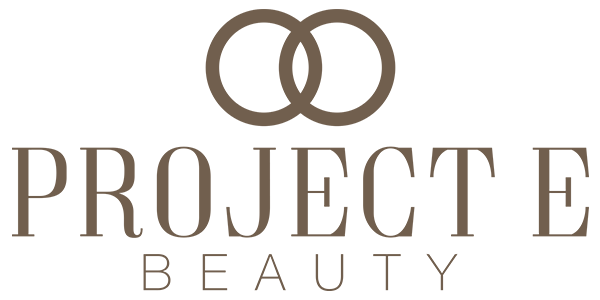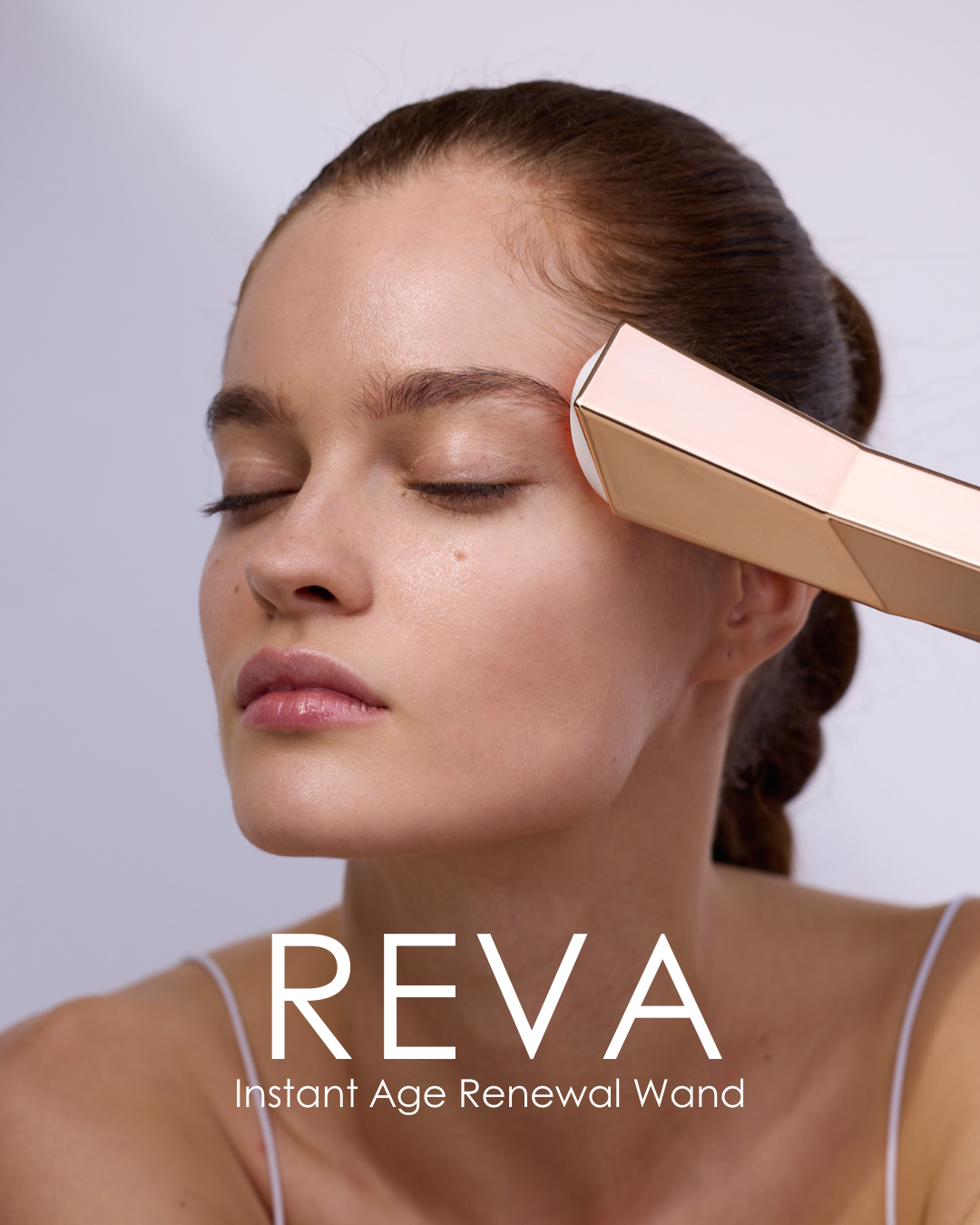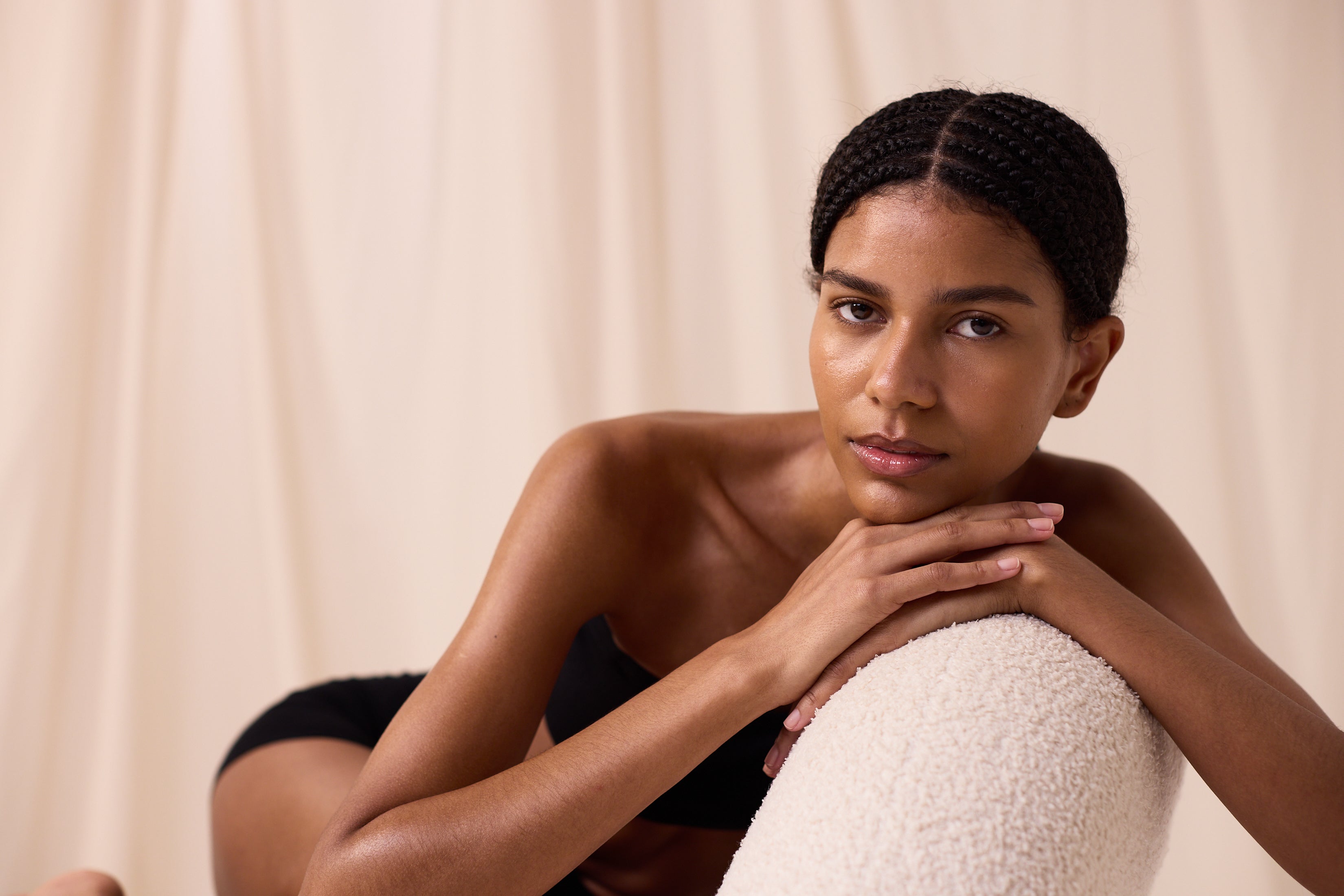
What Is Blue Light Therapy, and Will It Help Cure My Acne?
IN THIS ARTICLE:
- 01 What is Blue Light Therapy?
- 02 How Does Blue Light Treat Acne?
- 03 What are the Benefits of Blue Light Therapy?
- 04 What is the Science Behind Blue Light Therapy and Acne?
- 05 Can I combine Red and Blue Light Therapy For Acne?
- 06 Can I Use Blue Light Therapy for Severe Acne?
- 07 Is Blue Light Therapy Better Than Topical Acne Treatments?
- 08 Are There Any Side Effects to Blue Light Therapy?
- 09 What Is the Best Blue Light Therapy Device for Me?
- 10 Is an LED Light Therapy Mask or Wand Better for Acne?
- 11 The Takeaway: Will Blue Light Therapy Treat My Acne?
5-minute read
Red light therapy is taking the internet, and skincare space by storm for its powerful anti-aging benefits but the lesser-known blue light therapy is fast establishing itself as an acne cure-all promising to clear and prevent breakouts in as little as two treatments. But what is the science behind this up-and-coming treatment and can we really ditch our topical acne treatments in exchange for blue light beauty gadgets?
What is Blue Light Therapy?
Similar to red light therapy, blue light therapy works by applying specific wavelengths of light to the skin to trigger cellular responses. Blue light wavelengths (450 - 495nm) are shorter than red light wavelengths (620 - 750nm) and treat the epidermal or outer layer of the skin making it very suitable for targeting acne and acne indicators such as inflammation and redness.
How Does Blue Light Treat Acne?
It is effective in treating acne due to the anti-bacterial properties of blue light. Blue wavelengths support the formation of reactive oxygen species that destroy acne-causing bacteria Propionibacterium acnes or P. Acnes. Blue light also acts as an anti-inflammatory for outer skin cells known as keratinocytes, it triggers the skin to release signaling molecules such as cytochrome c oxidase and nitric oxide to boost tissue regeneration.
What are the Benefits of Blue Light Therapy?
- Clears breakouts
- Prevents acne flare-ups
- Regulates sebum production
- Supports wound healing and tissue regeneration
- Reduces inflammation
- Treats and prevents acne scarring
- Soothes inflammatory skin conditions such as psoriasis and rosacea
What is the Science Behind Blue Light Therapy and Acne?
Blue light therapy is an evidence-based approach to treating acne and acne indicators. Many studies attest to its effectiveness in healing acne. A 2001 study established that 80% of patients showed an improvement in inflammatory and non-inflammatory acne lesions after two blue light therapy treatments per week over a 4-week period.
Can I combine Red and Blue Light Therapy For Acne?
Yes, in fact it is encouraged. Red light boosts tissue regeneration and collagen synthesis for damaged and broken skin. A 2013 study established that a combination of red and blue light reduced inflammatory acne lesions by 77% with no adverse side effects. Another 2024 study established that a combination approach of red and blue light is 36% more effective than blue light alone for treating acne.
Can I Use Blue Light Therapy for Severe Acne?
Blue light therapy has been FDA-cleared to treat ‘mild to moderate inflammatory acne vulgaris.’ There is however some research that blue light therapy can treat severe acne with one 2006 study established that 82.5% reduction in acne lesions at the end of 12 weeks with 77% of participants reporting ‘complete clearance’ of acne. If you are struggling with very severe acne, particularly accompanied by open cysts or severe redness or inflammation, speak with your dermatologist before starting blue light therapy to ensure it is compatible with your overall treatment approach.
Is Blue Light Therapy Better Than Topical Acne Treatments?
There is no one straight answer to this question, as skincare topicals can span a wide range of products and active ingredients, and everyone reacts differently to different treatment protocols. Generally, blue light therapy has fewer side effects and is better suited to every skin type, even those with extreme sensitivity. Many topical acne treatments work by drying out the spot, therefore drying out the skin causing itching, redness, and flaking. A 2018 study examined the efficacy of blue light vs benzoyl peroxide, a popular topical treatment for mild to moderate acne. It was established that blue light therapy is 16% more effective at treating acne than benzoyl peroxide. Blue light therapy observed a 76% improvement in patients treated with blue light therapy vs 60% improvement in patients treated with 4% benzoyl peroxide, it was also found that the blue light had fewer side effects on the skin. An acne treatment protocol will typically involve a combination of topical treatments and beauty technology such as blue light therapy.
Are There Any Side Effects to Blue Light Therapy?
Unless you are photosensitive or have other contraindications to using blue light therapy, you should not experience any side effects. Some dryness or redness may be experienced but always adhere to recommended treatment times on your given device to mitigate this risk. At-home LED light therapy is a very gentle treatment and is both safe and effective.
What Is the Best Blue Light Therapy Device for Me?
The "best" device ultimately depends on your specific skin concerns and preferences. Here are some factors to remember when choosing your device:
Wavelength
For optimal blue light efficacy be sure to use a device with 415 - 460nm wavelength
Safety
Ideally, look for an FDA-cleared blue LED light device to ensure optimal safety and efficacy. This requirement changes slightly in the context of 7-color LED light therapy devices.
Number of LEDs
For a more intense treatment, ensure the mask or wand has a sufficient number of LEDs for optimal power density
Treatment Modes
If you want to treat more than just acne, choose a device with multiple treatment modes such as red, green or infrared light therapy.
Brand Reputation
Purchase your device from a reputable brand with good customer feedback and knowledge of the LED industry.
Design
Design is important when it comes to LED facemasks, ensure the device is made with high-quality materials and comes with safety features such as eye protection and auto timers.
Is an LED Light Therapy Mask or Wand Better for Acne?
Both can be effective options, but they offer slightly different benefits.
LED masks provide the convenience of full-face coverage during blue light therapy sessions. This allows you to multitask or relax while the treatment is administered and helps ensure even, consistent coverage across the entire face.
On the other hand, LED wands offer more flexibility to target specific areas, such as localized breakouts or hard-to-reach spots on the face, chest, or back. The wand format gives you more control over precisely where the light is applied.
Blue LED+ | Acne Light Therapy Wand
Pulsed + continuous mode blue light therapy device with 40 powerful LEDs designed to clear acne and target blemishes
The Takeaway: Will Blue Light Therapy Treat My Acne?
Blue light therapy is an FDA-cleared treatment for mild to moderate acne and certain studies have also established it as a safe and effective treatment for severe acne. Blue light wavelengths are applied to the skin through an at-home device such as a wand or an LED mask to eliminate acne-causing bacteria, soothe inflammation, and regulate oil production. It can also treat acne and prevent acne scars from forming.
Blue light therapy has few side effects when used correctly, especially compared to some harsh topical treatments that may harm the precious skin barrier leading to dry and irritated skin.

written by Sophie Flair

















Leave a comment
This site is protected by hCaptcha and the hCaptcha Privacy Policy and Terms of Service apply.